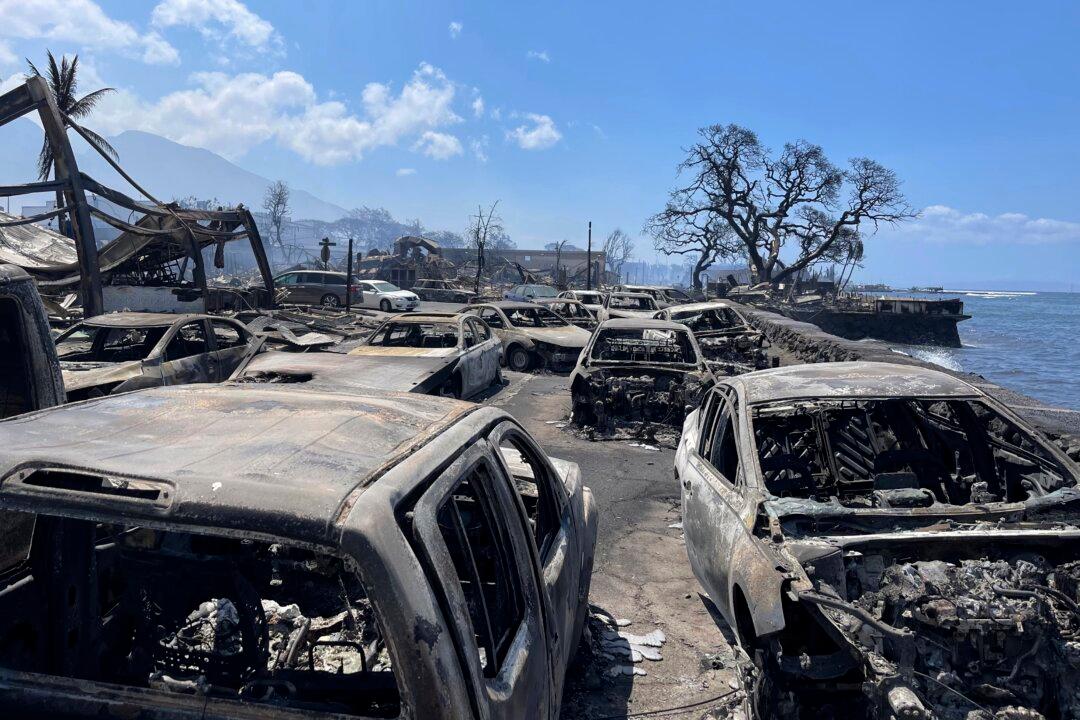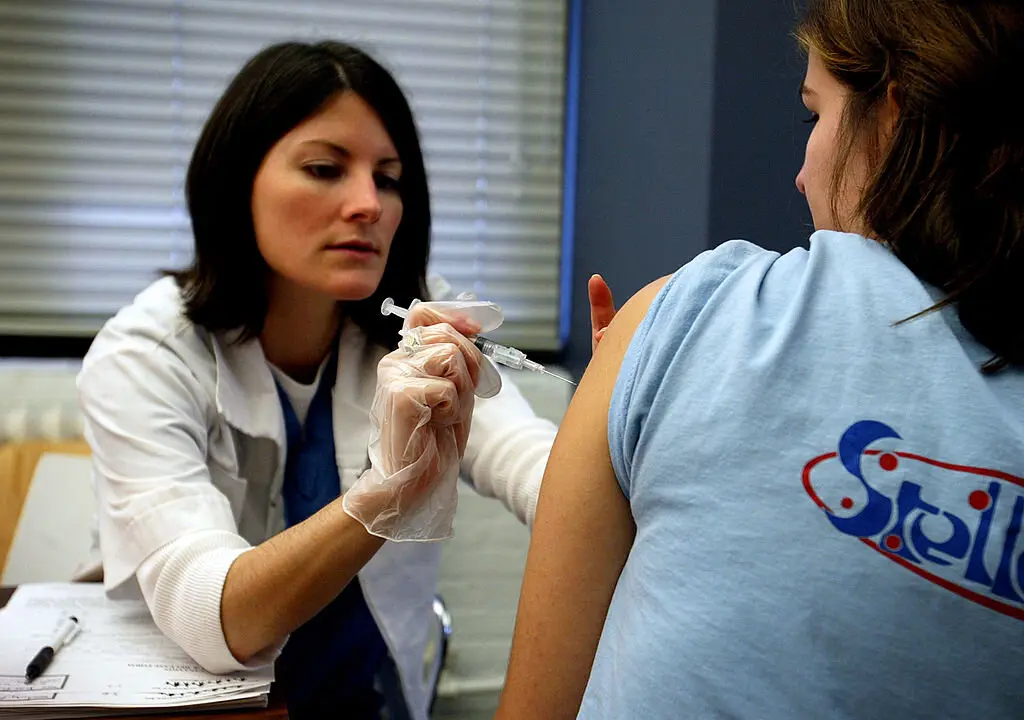The official death toll from the wildfires on Hawaii’s Maui Island has risen to 55 as of early Friday.
Dozens of people have been injured, some critically. It is the state’s deadliest natural disaster since a 1960 tsunami killed 61 people on the Big Island.





